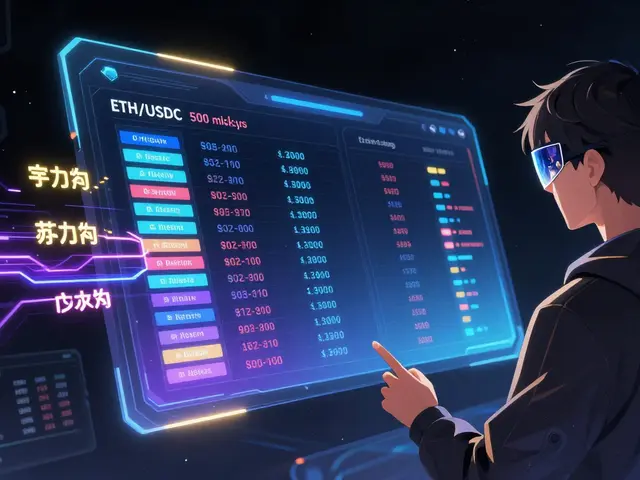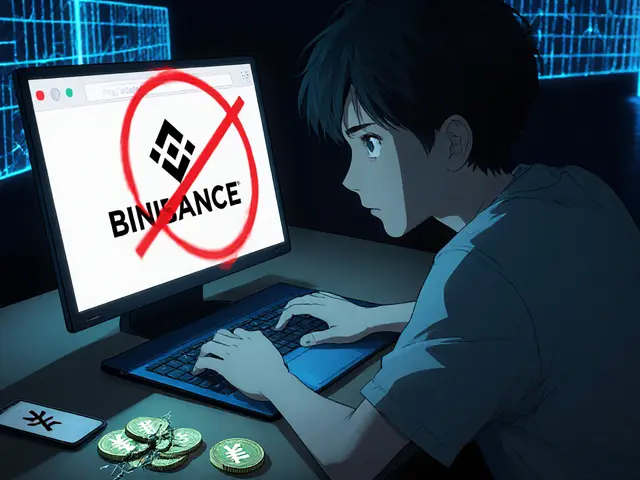Optimistic Rollup: What It Is and How It Powers Scalable Crypto Networks
When you hear optimistic rollup, a Layer 2 scaling solution for blockchains that bundles thousands of transactions into a single proof before submitting them to the main chain. Also known as ORU, it’s one of the most widely adopted ways to make Ethereum cheaper and faster without giving up security. Unlike other scaling methods that require complex math to verify every transaction, optimistic rollups assume transactions are valid by default—hence the name optimistic. If someone tries to cheat, there’s a challenge period where anyone can prove fraud and slash the bad actor’s stake. It’s like trusting your neighbor until they steal your bike—then you have proof and get it back.
Optimistic rollups rely on Ethereum, the leading smart contract blockchain that acts as the settlement layer for many Layer 2 networks to keep things safe. They don’t reinvent the wheel—they use Ethereum’s existing security, but handle most of the work off-chain. That’s why projects like Arbitrum, a popular optimistic rollup network used by DeFi apps, NFT marketplaces, and gaming platforms and Optimism, a scalable Ethereum layer built on optimistic rollup tech that supports major DeFi protocols can process hundreds of transactions per second at a fraction of the cost. You don’t need to switch chains or learn new wallets. You just pay less gas and wait less time.
But it’s not perfect. The challenge period—usually 7 days—means withdrawals take longer than on zk-rollups. And if you’re trading or staking, you need to trust that someone will monitor the network for fraud. Still, for most users, the trade-off is worth it: near-instant trades, $0.01 fees, and full compatibility with Ethereum tools. That’s why so many new crypto projects pick optimistic rollups over other scaling options. You’ll see them in everything from decentralized exchanges to NFT collections and blockchain games.
The posts below dive into real-world examples of how optimistic rollups are being used today—whether it’s through tokens built on Arbitrum, DeFi protocols riding Optimism, or new Layer 2 projects trying to outdo them. You’ll also find deep dives on how they compare to zk-rollups, what risks they carry, and why some investors treat them like the backbone of Ethereum’s future. No fluff. Just clear, practical info on what’s working, what’s not, and what you should know before you interact with any of these networks.
Understanding L1‑L2 Bridges: How Ethereum Scaling Really Works
Learn how L1‑L2 bridges connect Ethereum's base layer to scaling solutions, the tech behind optimistic and zk‑rollups, security trade‑offs, and future trends.











